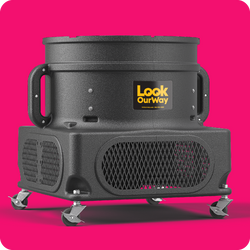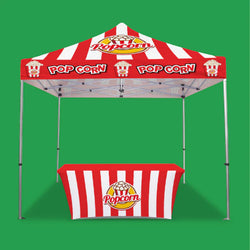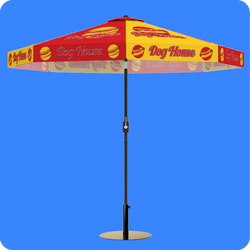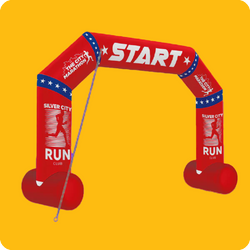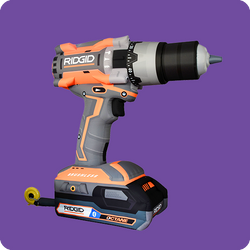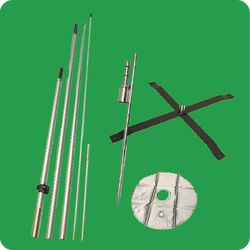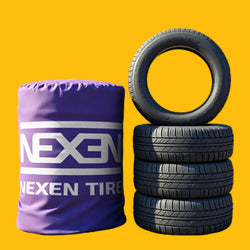How To Hold Down a Canopy Tent on Concrete: A Few Helpful Ideas
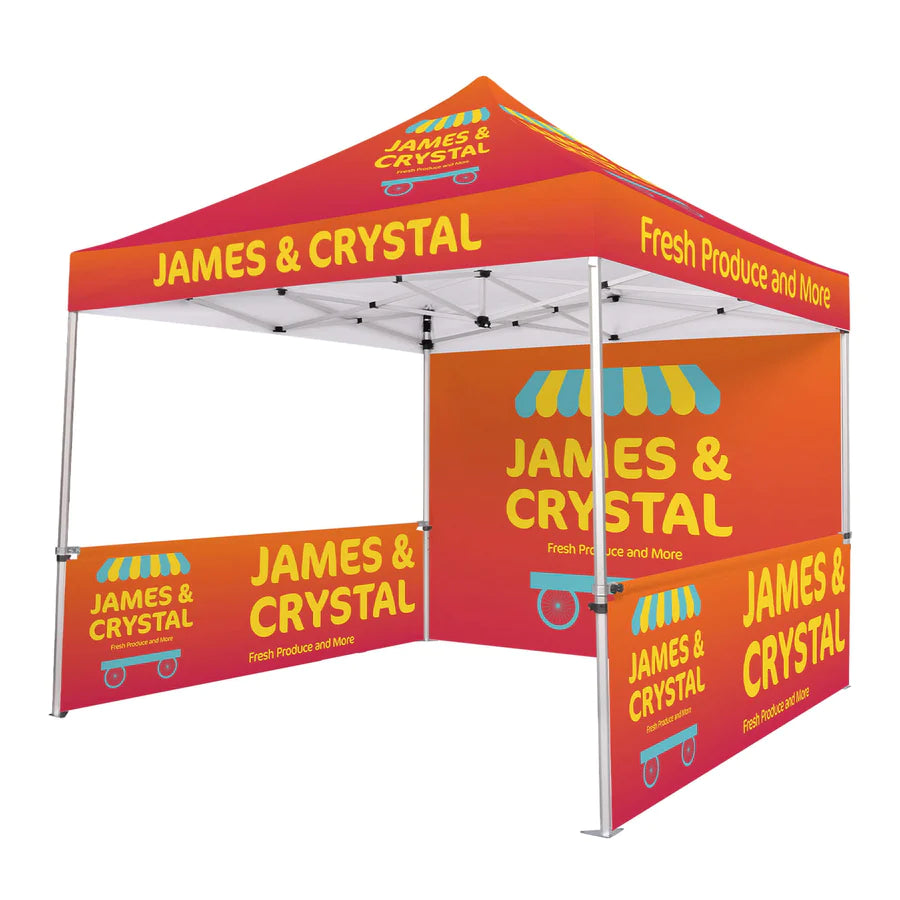
Ensuring your canopy remains stable can be a bit challenging if you're not experienced in the process. Fortunately, we're here to provide you with expert insights and valuable techniques that will guarantee it remains securely anchored, regardless of the energy levels your event generates.
So, whether you're a seasoned event pro or just dipping your toes into outdoor setups, let's dive into the nitty-gritty of holding down a canopy tent on concrete.
Do Canopy Tents Need To Be Held Down?
Canopy tents look stunning, offer shade, and set the stage for unforgettable moments. But, without the right support, they might just steal the spotlight in an unexpected gust of wind!
So, yes, canopy tents need to be held down, especially when they're standing tall on concrete. Here's why:
- Windy Surprises: Canopies have a way of catching the wind's attention. Without proper anchoring, they might be blown away. And trust us, a pop-up canopy tent soaring through the air isn't the kind of event performance you want to be remembered for.
- Stability: A stable canopy provides a secure shelter for your event. It ensures the comfort of your guests, the stability of your decorations, and the seamless flow of your event. The last thing you need is to find yourself chasing it halfway down the street.
- Prioritize Safety: Above all, the safety of your event attendees is of utmost importance. If they aren't secured, they pose a risk of injury if they collapse or tip over. Avoid accidents by ensuring your canopy stays put.
When it comes to determining how much weight to use to ensure its stability, multiple variables come into play. These factors include the canopy's dimensions and the anticipated wind conditions.
As a general guideline, for a 10x10 canopy positioned on concrete, it is recommended to use approximately 35 to 50 pounds of weight for each leg.
How To Hold Your Canopy Down On Concrete
Canopy Tent Water Bags
Designed with ease of use in mind, these bags are typically made from durable, weather-resistant materials, capable of withstanding the toughest conditions your event may encounter. Their design is straightforward: they're essentially bags that can be filled with water, transforming them into dependable canopy anchors.
One of the standout features of water bags is their adjustability. Need to enhance the stability of your canopy on a particularly windy day? Simply add more water to the bags. Hosting a smaller, more low-key event? You can adjust the weight accordingly, ensuring that it stays put without overdoing it.
At Look Our Way, we offer a range of canopy tent water bags specifically designed for this purpose. These water bags are trusted by event professionals and are a great investment to ensure your canopy remains firmly anchored on concrete.
Use Cinder Blocks
If you seek a stability-focused solution, cinder blocks are the ultimate choice. These blocks are easily accessible at the majority of hardware stores and are commonly used in construction due to their capacity to withstand a lot of wind pressure. By positioning them strategically around your tent legs, you're creating a barrier against unexpected gusts of high wind or other external forces.
What's great about cinder blocks is their versatility. These versatile solutions are applicable in a variety of event scenarios, spanning from outdoor gatherings to trade exhibitions and festive fairs. Moreover, they exude a robust, rustic allure that has the potential to elevate the aesthetic appeal of your event arrangement.
Use Buckets with a Heavy Filler (Sand, Water, etc.)
For the DIY event setup enthusiast or those looking for a budget-friendly alternative, using 5-gallon buckets with a heavy filler like sand or water is a clever way to keep your canopy anchored on concrete. You can also make use of sandbags.
Buckets with a heavy filler are easy to transport, and don't require any special equipment. You can find suitable buckets at your local hardware store or repurpose ones you may already have.
Make PVC Pipe Tent Weights
If you're in the mood for a little DIY project that not only keeps your canopy secure but also adds a touch of personal flair to your event setup, making PVC pipe tent weights might be just the thing.
Here's what you'll need: PVC pipes, connectors, caps, and heavy filler material. PVC pipes are readily available at most hardware stores and come in various lengths and diameters, giving you the freedom to customize your weights based on your requirements.
Start by cutting the PVC pipes into sections of your preferred length. Remember, the longer the section, the more weight it can hold. The connectors and caps will help you assemble these sections into weighty blocks that you can attach to the legs of your tent.
You can use a variety of heavy filler materials like sand, rocks, or mix concrete. Make sure to seal one end of each pipe with a cap before pouring in the filler to prevent any spills. Once filled, seal the other end with a cap, ensuring it's securely attached. You can also use exercise weights.
To attach these PVC pipe weights to your canopy legs, you can use zip tie-downs or bungee cords. Simply secure them in place, ensuring they won't budge. This DIY solution offers flexibility because you can customize the weights based on your specific needs, whether you're dealing with a slight breeze or a strong wind.
Choose a Canopy You Can Install On Concrete
Are you planning a trade show, an outdoor concert, or a bustling street fair? Having a canopy that can be installed on concrete is critical. It means less stress and more time to focus on what really matters: creating a memorable event.
Look Our Way offers a range of canopies designed to handle concrete surfaces with ease. You can explore your options here. These canopies are your assurance that your event setup will be smooth and stable, no matter where your adventures take you.
In event planning, the right equipment can make all the difference. So, choose one that's not just an accessory but a reliable partner for your event.




